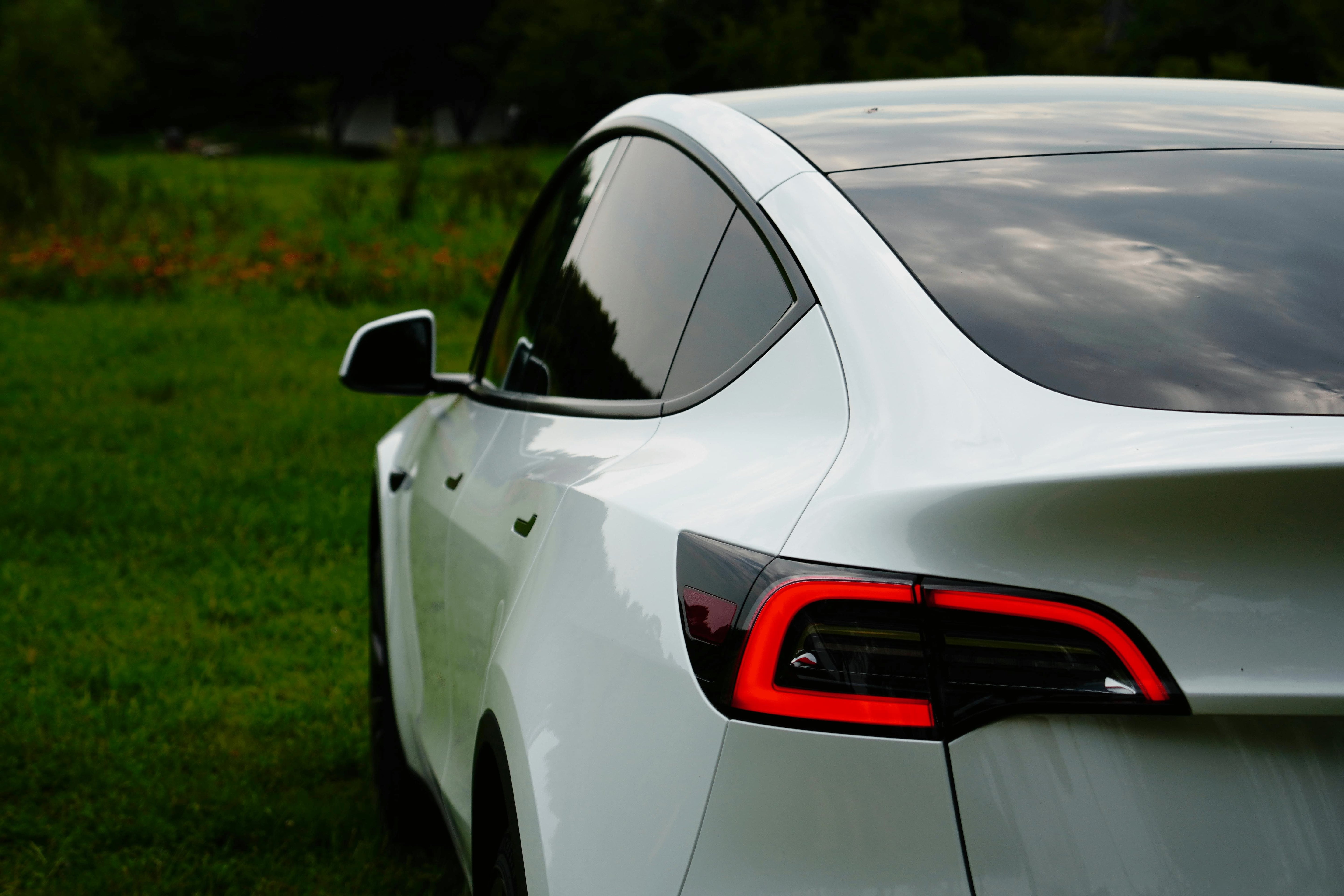Tesla has redefined what a modern car interior looks like — sleek, minimalist, and radically different. One of the biggest changes? No traditional instrument cluster behind the steering wheel in vehicles like the Model 3 and Model Y.
While some drivers love the clean look, others miss having critical driving info directly in front of them.
So, what's better: having a dashboard (instrument cluster) or going with Tesla’s minimalist, screen-only approach?
Here’s a balanced comparison to help you decide — based on actual driver feedback from the last few years in the U.S.
1. Visibility & Driving Focus
With Dashboard (Instrument Cluster):
-
Speed, battery level, and navigation are in direct line of sight.
-
Easier to glance down quickly without turning your head.
-
Many traditional drivers find it more intuitive and familiar.
Without Dashboard (Center-Only Display):
-
Speed and data are shown on the center touchscreen, slightly to the right.
-
Tesla drivers often report getting used to it within a week or two.
-
Some say it reduces distraction by minimizing clutter behind the wheel.
Real Talk: Most Model 3/Y owners adapt quickly, but some still prefer traditional visibility — especially older drivers or those switching from legacy cars.
2. Simplicity vs. Information Density
Tesla’s Approach (No Dashboard):
-
Clean, modern design that feels like the future of driving.
-
Center screen shows everything: maps, music, energy use, vehicle status, and more.
-
Interface is frequently updated via software, adding features and tweaks over time.
Traditional Dashboard Setup:
-
Segregates key driving info from infotainment.
-
Often includes heads-up display (HUD), analog dials, or a digital screen behind the wheel.
-
Many drivers feel less overwhelmed when key info is separated.
Driver Insight: If you’re tech-savvy and like all-in-one screens, you’ll love Tesla’s setup. If you prefer dedicated zones for driving data, a traditional dash may suit you better.
3. Practicality & Everyday Use
With Instrument Cluster:
-
Familiar for drivers who rely heavily on quick-glance metrics (e.g. delivery drivers, long-haul commuters).
-
Adds a sense of structure to the driving experience.
Without Instrument Cluster:
-
Less visual clutter, more windshield visibility.
-
Can feel “too minimal” for some, especially in high-stress driving like city traffic or night driving.
Worth Knowing: A number of Tesla owners have added aftermarket dashboards to improve comfort and reduce neck movement — especially those doing long drives.
4. Customization & Aftermarket Options
If you own a Model 3 or Model Y and want both worlds, you’re not stuck:
-
Aftermarket dashboard displays (like HUD add-ons or custom digital clusters) have become popular in the U.S.
-
Many are plug-and-play, designed for non-destructive installation.
-
They add speed and battery info back in front of the wheel — without removing Tesla’s native screen.
Why It Matters: Tesla doesn’t offer an official dash, but thousands of drivers have added one to boost comfort or suit their personal driving style.
Pros & Cons Summary
| Experience | With Dashboard | Without Dashboard |
|---|---|---|
| Visibility | Familiar, quick-glance info | Takes time to adapt |
| Design Aesthetic | Functional, but can be busy | Sleek and ultra-modern |
| Driving Focus | Traditional eye-line | Minimalist, less clutter |
| Customizability | Limited unless aftermarket | Aftermarket dash possible |
| Tech Feel | Standard | High-tech and future-forward |
Final Thoughts: Which Is Right for You?
There’s no one-size-fits-all answer.
-
If you value comfort, familiarity, and quick visual access, a dashboard (factory or aftermarket) might be the way to go.
-
If you love minimalist design, screen-driven controls, and a futuristic vibe, Tesla’s original setup will likely feel just right.
Ultimately, your choice depends on your driving habits, comfort level, and preferences. The good news? You don’t have to choose at the time of purchase — you can always add a dashboard later if you feel it’s missing.






